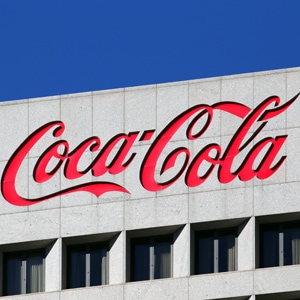Another Coca-Cola insider rises to the top.
The Coca-Cola Company, one of the most identifiable international brands in the world, is changing its leadership. In May, James Quincey, the current president and COO of the company, will replace Muhtar Kent as Coca Cola’s CEO. Kent, who joined Coca-Cola in the late 1970s, was the face of the company for almost a decade.
Like other traditional beverage companies, Coca-Cola faces strategic challenges that are likely to shape the industry in coming years. Among them are government policies designed to reduce consumption of sugary drinks, the fight against obesity, social movements that oppose bottled beverages for environmental reasons, and economic slowdowns in many emerging markets.
Quincey’s appointment is in line with the company’s strategy to deal with these challenges by acquiring healthier specialty drink brands, such as Energy Brands’ VitaminWater and Suja Juice; expanding the corporate sector; diversifying its product offerings to include non-soda drinks, such as Keurig coffee; and introducing beverages with smaller containers and fewer or no calories.

Kent took over in 2008, at the onset of a very challenging period for many multinational corporations following the financial crisis. Declining capital markets and structural changes in developing and frontier markets have hampered the ability of companies like Coca-Cola to execute their growth strategy. Coke’s annual earnings have increased more than 6% over the past decade, but the investment community has been skeptical about its future, and its stock price has been in decline.
The company, one of the largest employers in the world, has a presence in more than 200 countries, and it may be subject to pressure by the new administration of Donald Trump to bring back some of these jobs and revenues to the US. “All of this money will come back into our country; we will turn America into a magnet for new jobs,” Trump’s campaign has asserted. Coke’s current strategy of focusing on product innovation and new marketing channels may foster this change as well.
While the company continues to sell its products using traditional channels, its future leadership will have to find ways to adapt to the changing technological and data environments. It has already streamlined its interaction with new technologies and start-up companies. Thus, for example, Coca-Cola collaborates with WeissBeerger, a Big Data analytics platform that provides in-depth insights into beverage use, and Cimagine, a technology that creates an augmented-reality system for projecting how points of sale would look in retail locations.



